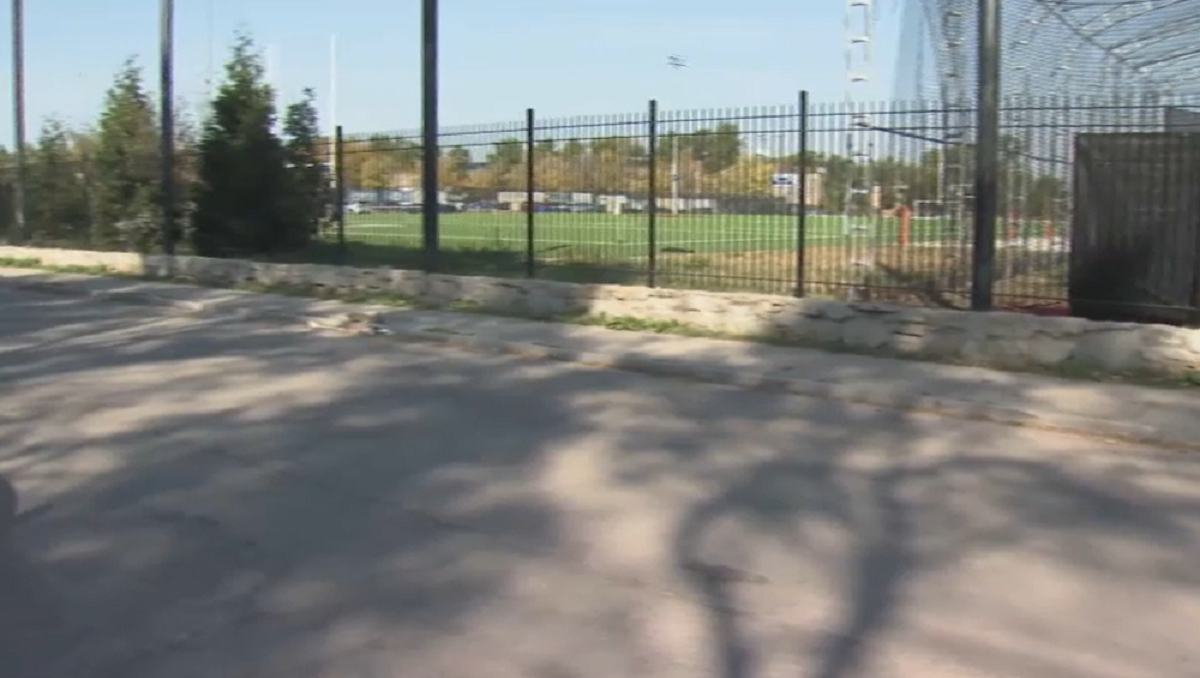Did you catch it?
A massive geomagnetic storm impacting the Earth produced views of the spectacular Northern Lights much further south than usual -- including in Illinois and the Chicago area.
The phenomenon, caused by a significant coronal mass ejection, began affecting Earth's atmosphere Thursday morning. The effects possibly continuing for at least two days -- which means skygazers could have another chance of seeing them Friday, Oct. 11, though cloud cover could present a problem, NBC 5 Meteorologist Pete Sack said.
"Hopefully we can keep some of these clouds at bay after sunset," Sack said, as clouds were in the Chicago forecast Friday afternoon and into evening.
According to the Space Weather Prediction Center's viewing forecast for Friday, the "viewline" -- the southern-most locations from which people may see the aurora on the northern horizon -- includes portions of Northern and Central Illinois.
The agency reports the aurora Friday is expected to visible "over much of the northern half of the country," and potentially as far south as Alabama.
In case you missed the sight Thursday, here are 11 stunning images of the Northern Lights, from Villa Park, to Chicago, to Glencoe and more
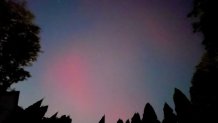
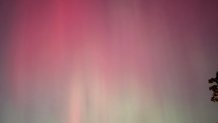
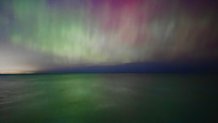
Feeling out of the loop? We'll catch you up on the Chicago news you need to know. Sign up for the weekly Chicago Catch-Up newsletter.
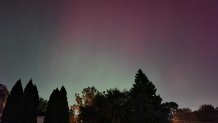

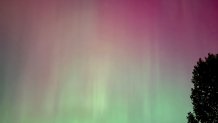

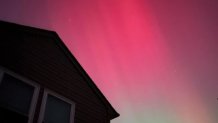
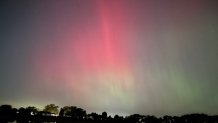


Fluctuations in the number of solar particles hitting Earth's atmosphere is difficult to predict, according to officials, but the effects of the CME could stick around for several days.
Local
Though the lights may be visible with the naked eye, pictures taken with digital cameras may make auroras more visible.
A consequence of the solar storm could be impacted communications, which could hinder rescue efforts in the aftermath of Hurricane Milton. According to officials, systems that “depend on low-Earth orbit satellites or high-frequence communication” could be interrupted, along with GPS navigation systems.
There are tools to help mitigate those issues, and FEMA has infrastructure in place to help prevent the worst impacts, according to the SWPC.
The Northern Lights are enhanced when coronal mass ejections, or CME’s, erupt from the sun and speed across space before hitting Earth’s atmosphere. According to the SWPC, CME’s are “large explosions of plasma and magnetized particles from the Sun’s corona.” Those ejections expand in size as they approach Earth’s atmosphere, and can cause geomagnetic storms when they arrive.
The Northern Lights occur when those charged particles hit Earth’s magnetic field, interacting with atoms and molecules in the upper atmosphere and producing brilliant and wavy colors in the sky.

